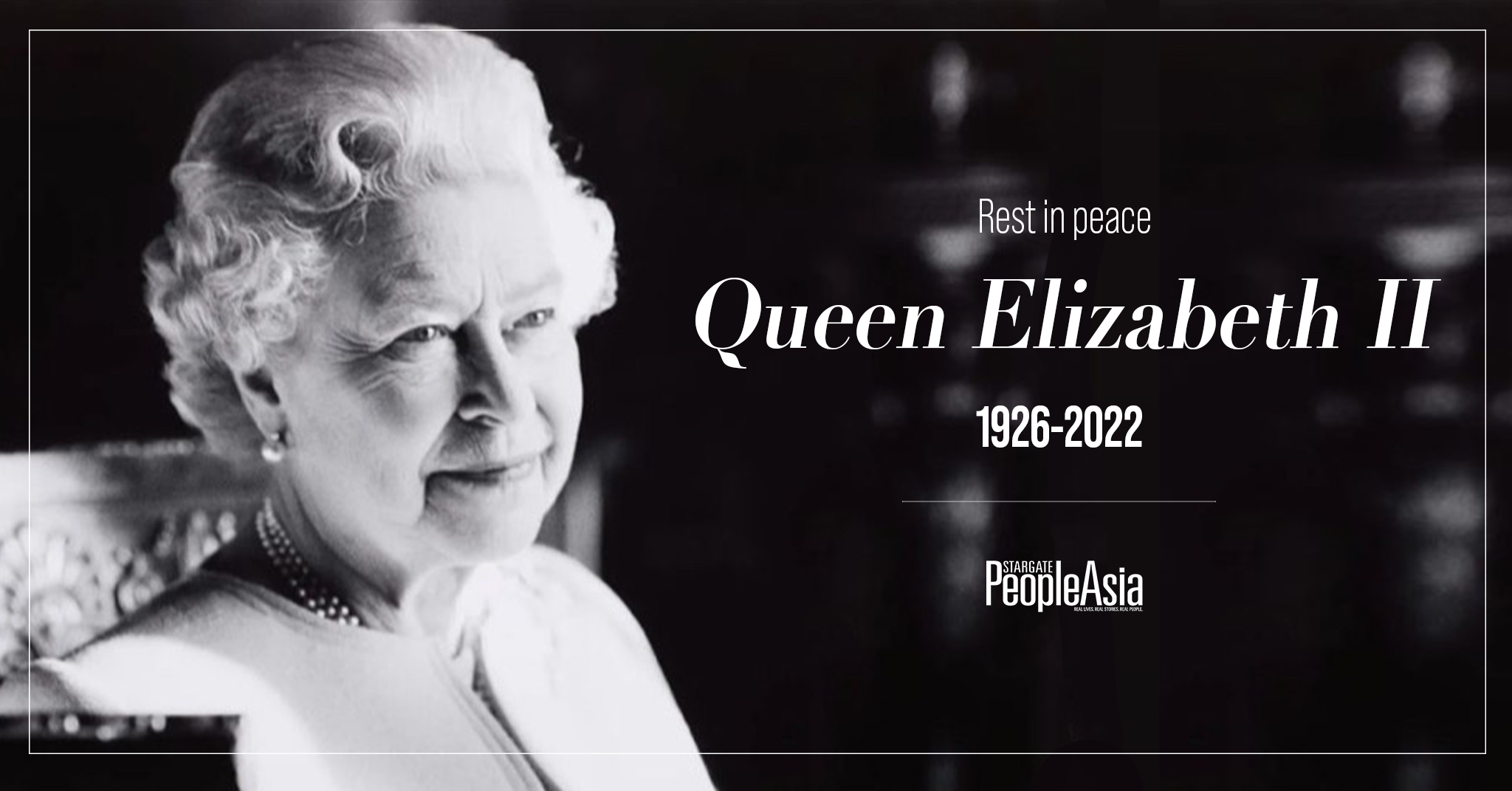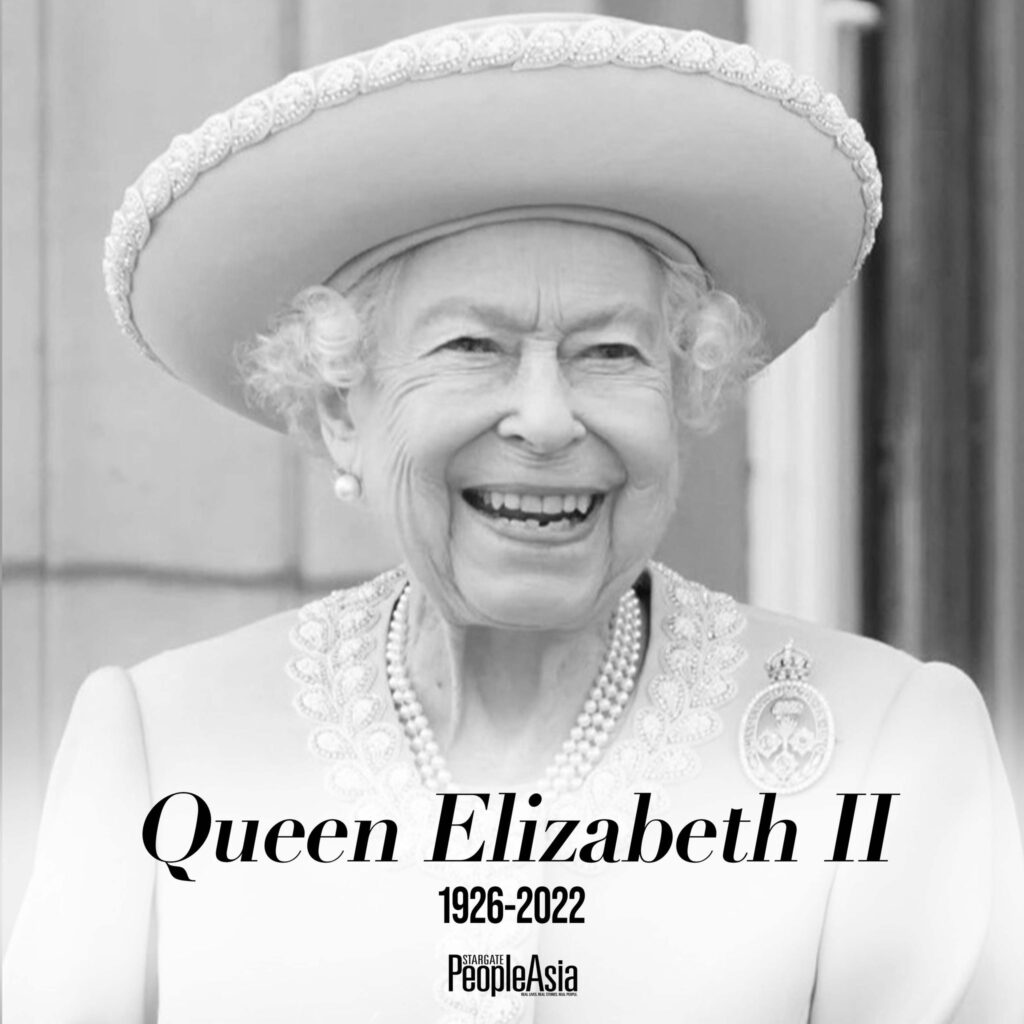Born Elizabeth Alexandra Mary Windsor in 1926, Queen Elizabeth II was a well-loved and respected figure beyond the British Isles and its territories and former colonies. During her reign, which spanned seven decades and fifteen British prime ministers, she witnessed and often took on a symbolic but influential role in shaping many social changes in the country and its territories, becoming one of the most recognized women in the world.
By Reggie Abang
Queen Elizabeth II, a well-loved and respected global figure and the longest-reigning British monarch, who held the crown for nearly 70 years, has passed away. An official statement was issued by Buckingham Palace on behalf of now King Charles III, the deceased monarch’s first-born son. She was 96.
In its statement, Buckingham Palace confirmed Her Highness’ passing, saying that she “passed away peacefully” at Balmoral Castle in Aberdeenshire, Scotland. News of her death soon spread after an official announcement was made yesterday evening, September 8, British Standard Time.
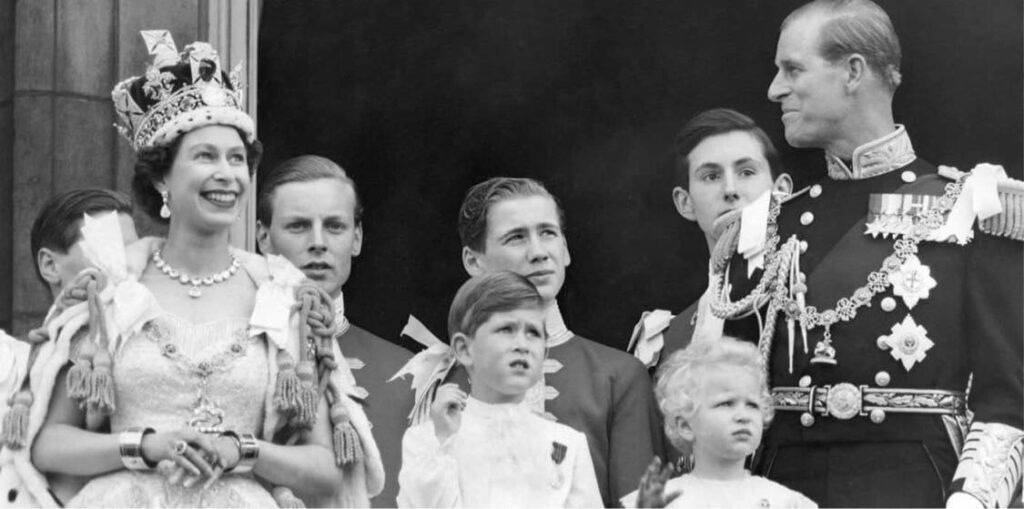
In a separate statement, King Charles III mourned the death of his mother, saying that it is “a moment of the greatest sadness” for him and the rest of the Royal Family, as well as other people in Britain and around the world.
He added that they are comforted and sustained by their knowledge of the respect and deep affection that the Queen had widely held in her long reign during the Royal Family’s period of mourning and change. The Queen presided over ceremonies last year when her husband of more than 70 years, Prince Philip, died in April 2021.
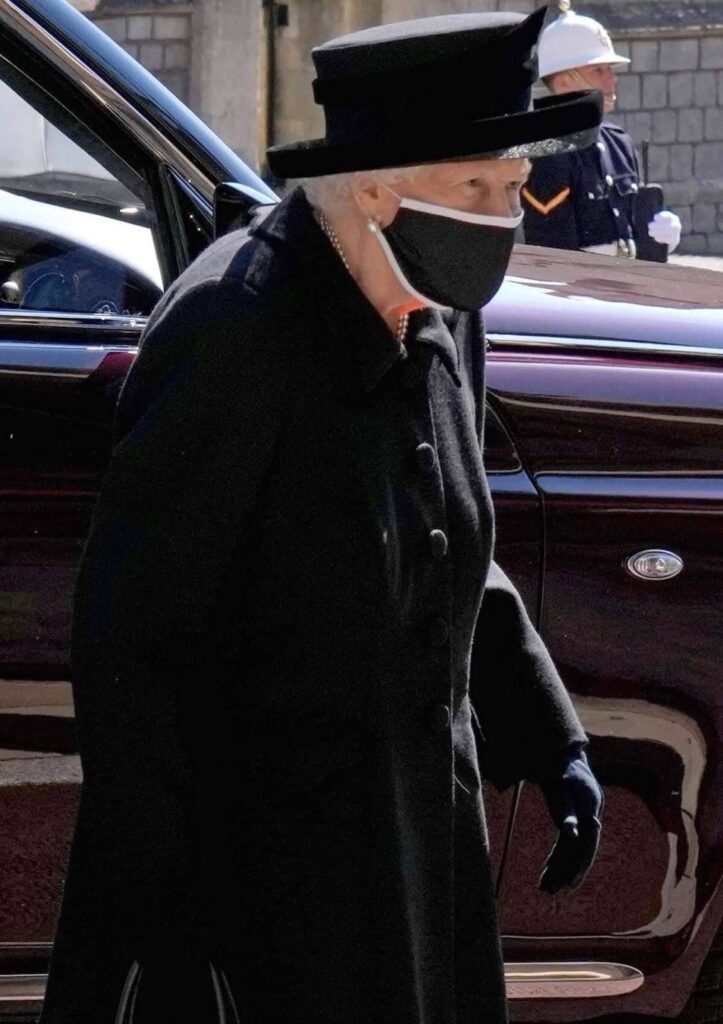
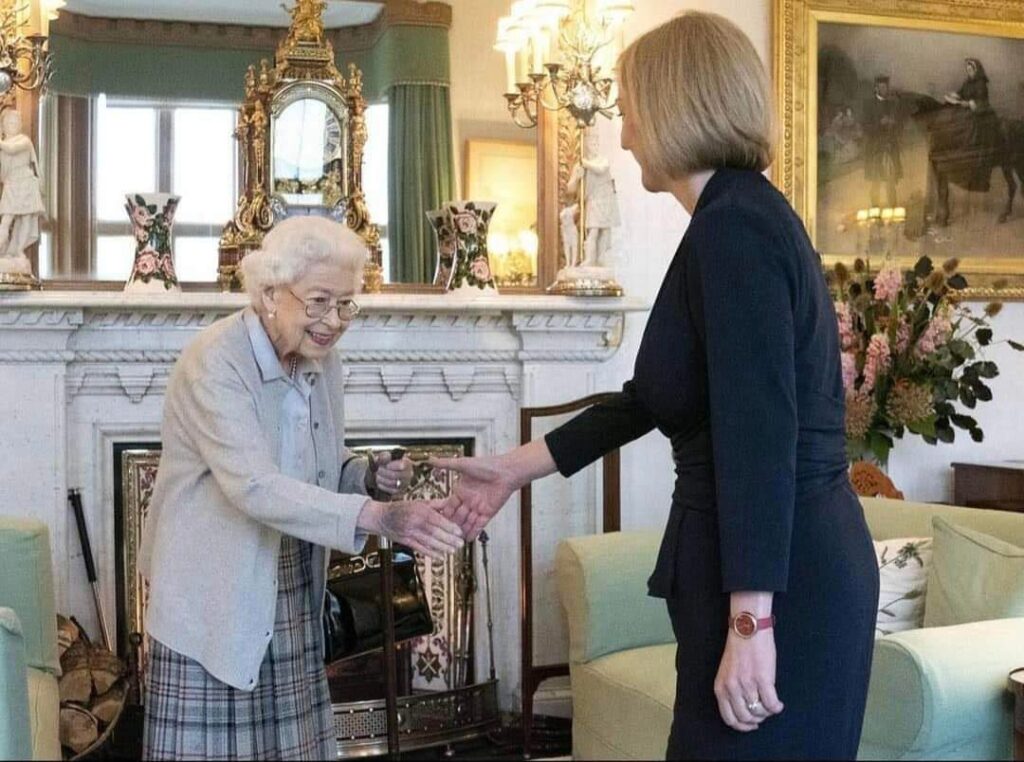
Born Elizabeth Alexandra Mary Windsor on April 21, 1926, Queen Elizabeth II acceded the throne on June 2, 1953, months after the death of her father, George VI, on Feb. 6, at the age of 25 years old. No one took her vow more seriously than Queen Elizabeth II did, always putting duty above everything else. Even during her final days, she was photographed receiving newly appointed UK Prime Minister Liz Truss at Balmoral Castle.
During her reign, which spanned seven decades and fifteen British prime ministers, she witnessed and often took on a symbolic but influential role in social changes that shaped the country and its territories, and became the most recognized woman in the world. She is survived by her four children, including King Charles III, eight grandchildren, and twelve great-grandchildren.

